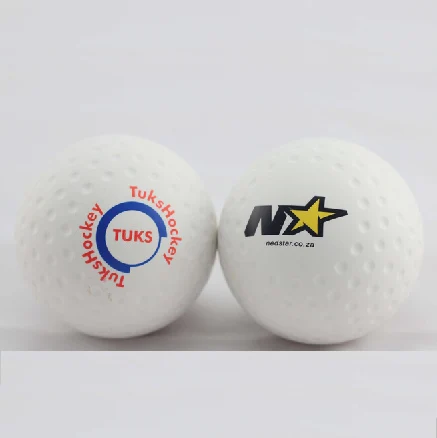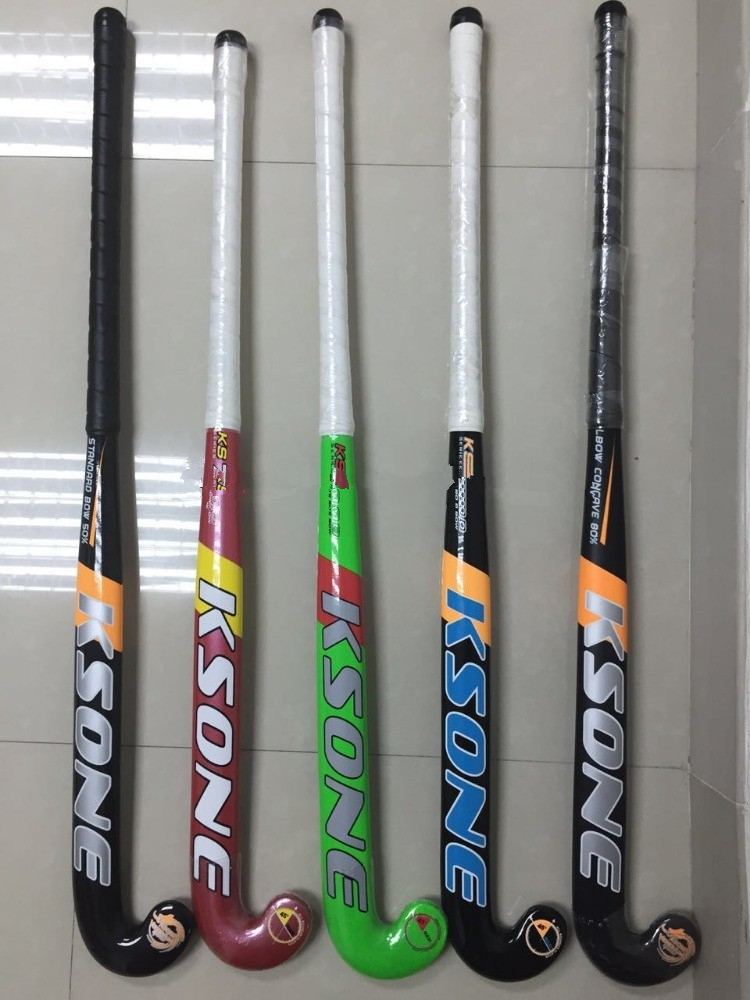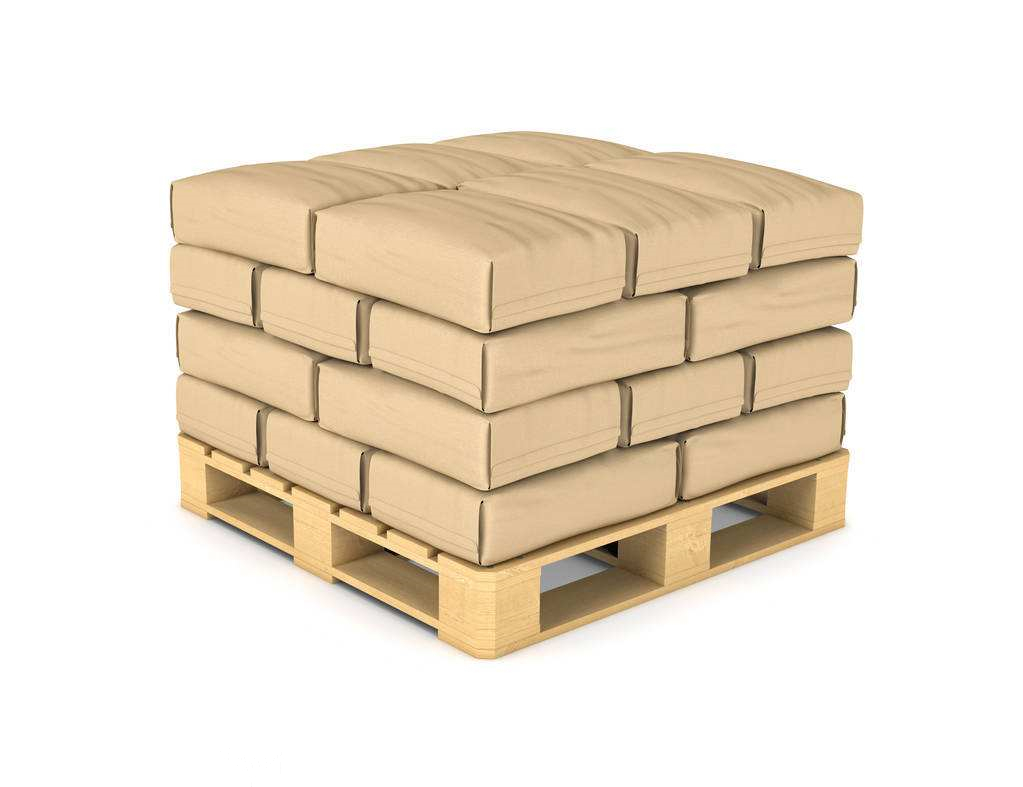IV. Problems in post-processing
The on-line follow-up processing of the flexo label is generally broken and die-cut. When breaking a sheet online, sometimes semi-finished products stick together and are not easily separated. This is mainly caused by excessive static electricity. The general solution is to install several static eliminators in the second half of the paper path, or to install humidifiers in the subsequent units of printing.
Since flexo printing is a brand-new printing method in our country, it is not standardized in many aspects. For this reason, many people always require flexographic printing with other printing standards. This is a misunderstanding because other printing methods Standards are not universally applicable. Compared with other printing methods, flexo printing has both its advantages and its shortcomings. Therefore, we must pay attention to the advantages of flexographic printing in flexographic printing, and abandon or overcome its shortcomings.
V. Other related issues
1. About printing equipment
When applying a flexographic printing machine for printing coated paper labels, it is easy to perform multi-color printing, especially when water-soluble inks are used to print papers. The phenomenon of overprinting is inaccurate, causing unnecessary waste. The control measure for this phenomenon is to add a humidifier so that the pull-up rate of the printed product can be reduced as much as possible.
When printing with a satellite flexographic printing press, the impression cylinder will be thermally expanded to increase the pressure, affect the printing quality, and damage the printing plate. Therefore, a cooling device is generally installed in the impression cylinder. In addition, due to the short distance between the printing cylinders in the satellite flexographic printing presses, it is difficult to dry them. Therefore, it is necessary to add a high-efficiency drying device in the satellite flexographic printing machine.
2. About printing ink
During the printing process, the viscosity of the ink will directly affect the ink transfer characteristics and stability of the ink transfer system. In general, after the temperature rises, the viscosity of the ink will decrease, and the stability of the ink transfer amount can be easily guaranteed.
At present, the inks used in flexographic printing mainly include water-soluble inks, UV inks, and solvent-based inks. Here, the use and preservation of water-soluble inks and UV inks are briefly described.
(1) Water-soluble ink
Water-soluble inks are mainly composed of colorants, binders, defoamers and anti-foaming agents, and are generally alkaline.
In the use of water-soluble ink should be done: before printing, add ink to the ink tank should be diluted to the best viscosity of the ink, the thixotropic ink to be fully stirred; in the printing process, should make the ink's pH The value is maintained at 8.5 to 9.5, to ensure that the ink has a suitable pH value is conducive to the ink to maintain proper viscosity, but also makes the ink drying rate tends to be reasonable, thereby reducing the paste version failure.
The auxiliary agent for adjusting the pH value of the ink is a pH stabilizer, and the amount of the stabilizer added is appropriate. The addition of too much amount will affect the hue of the printed product and lead to a reduction in the friction resistance of the graphic part of the printed product.
The preservation of water-soluble inks is also critical, and reasonable storage will create good conditions for re-use of the ink. Water-soluble inks contain ammonia and amines that maintain the basicity of the ink, as well as auxiliary solvents such as ethanol or isopropanol. These are very volatile substances. Therefore, the preservation of water-soluble ink must be sealed. Since the remaining ink contains some additives that regulate the performance of the ink, directly injecting it into the original ink will inevitably cause deterioration of the original ink. Therefore, the remaining ink should be stored separately and used up as soon as possible to reduce losses. . Before adding ink, use a certain amount of original ink and make appropriate adjustments. In addition, some dark-colored or inter-color inks (such as black ink, green ink, etc.) have a large thixotropy, especially at low temperatures. Therefore, the storage temperature of water-soluble ink should be controlled at 20 to 25°C.
(2) UV ink
The following points should be used when using and storing UV inks:
1UV ink should be strictly dark, heat storage, storage temperature should be controlled at 5 ~ 30 °C, shelf life is generally six months.
2 It needs to be evenly mixed before printing on the machine. Dilution can use special reactive diluent or UV varnish and a small amount of ethanol.
3 cleaning can use a dedicated UV cleaning agent or ethanol.
4Be sure to pay attention to the luminous intensity of the light source. The aging UV lamp should be replaced in time to prevent the printing ink from being cured due to incomplete curing of the printing ink layer. UV lamp life is generally 800 ~ 1000 hours, pay attention to frequent start will significantly reduce the lamp life.
5 It should avoid direct contact between the ink and the skin to prevent irritation and allergies. It should be promptly cleaned after contact.
3. About printing materials
The printing materials suitable for flexo printing are very wide, and they are generally based on paper, film, stickers, etc. Here, only the printing of a paper label is described as an example. Generally when printing paper, especially when printing with water-soluble inks, overprinting is very likely to occur. The main reason is that paper is an absorbent material, and water-soluble ink is printed on paper. One of the water will be absorbed by the paper, and then infrared drying, so repeated several times will inevitably lead to overprinting of the paper is not allowed to register. The solution to this type of failure is to locally humidify the prints and reduce the infrared drying stalls as much as possible. In addition, the appropriate speed increase can also alleviate such problems to some extent.
"Printing Technology - Packaging and Decoration Printing"
KSONE Street Hockey Ball/Puck can be played for games including dek hockey, road hockey, bike polo, etc. With 3 different hardness, it performs well in either summer or winter. The quality and durability is assured with premium material and production.
|
Product Type:
|
street Hockey Ball
|
|
Material:
|
PVC
|
|
Diameter:
|
65-70mm
|
|
Weight:
|
50-75g
|
|
logo
|
Customized in printed logo
|
|
Package
|
Customized
|
|
Color:
|
Multiple
|
|
ball hockey:
|
dek hockey
|






Street Hockey Ball
Outdoor Floor Hockey,Outdoor Floor Puck,Street Hockey Ball,High Quality Street Hockey Ball
FAY YOU SPORTS CO.,LTD , http://www.ksonelacrosse.com
